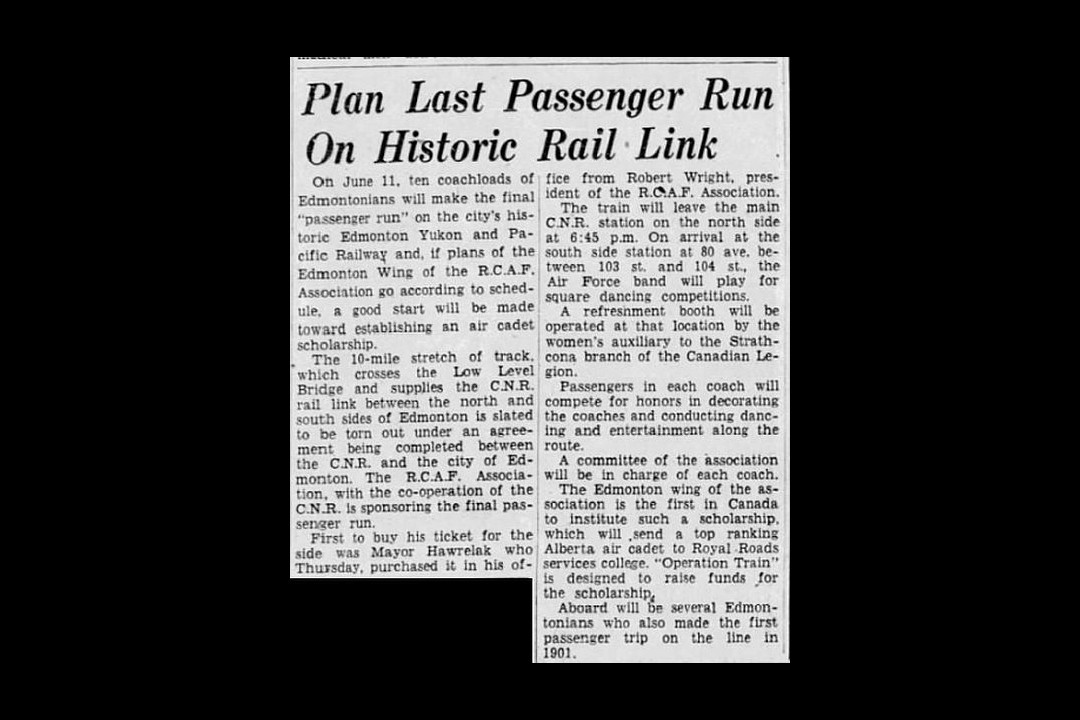
Rapper Mouraine reps north Edmonton on debut album
Northside rapper Mouraine is sharing love for his hometown — especially his corner of it — on his debut album, In Search of Gold.
"(The north side is) a very special place in Edmonton. It's a big melting pot, where you run into people from different backgrounds, who have different stories, and we all come together," he said. "It's amazing how people from all different walks of the world come together in one place and bond or have a brotherhood. And what we bonded over was what side of the city we're from."
Mouraine, who only discloses his stage name in interviews, was born in Sudan and briefly lived in Egypt before coming to Edmonton at the age of 10 in 2005. He delves into his upbringing on the album cut Tonight, mentioning an incident on the No. 8 bus, which wends its way from the University of Alberta up to Abbottsfield.
"Here's the point of view of a child in immigration / Tryna reach heights, took flights to elevation / When you gotta leave home and everybody that you know, that's a … that's a tough situation," he raps on the track, which has a video featuring highlights from JUNOFest in Edmonton last March.
Mouraine is proud of his community and his city, even if he sees challenges for artists here.
"We need a little bit more industry and people that play in the background in Edmonton," he said. "We need to develop our own ecosystem and music industry rather than having to move or look to Toronto … For the greater good and for the culture and to see a shift, it takes all of us, not just one person or just one artist to blow up."
Edmonton has had its share of musicians explode in global popularity over the years. Perhaps most relevant is rapper/producer Cadence Weapon (a.k.a. poet and author Roland "Rollie" Pemberton), who is currently based in Hamilton, Ont. There's also Mac DeMarco, who saw his greatest success after leaving Edmonton for bigger cities in Canada and the U.S. Given his druthers, Mouraine is hoping to stick around for the long haul.
"I think a lot of artists end up leaving due to the lack of infrastructure and industry out here," he said. "I am trying my best not to do that. I want to be able to embrace the city, and bring the spotlight that I get and shine it back on the city."



